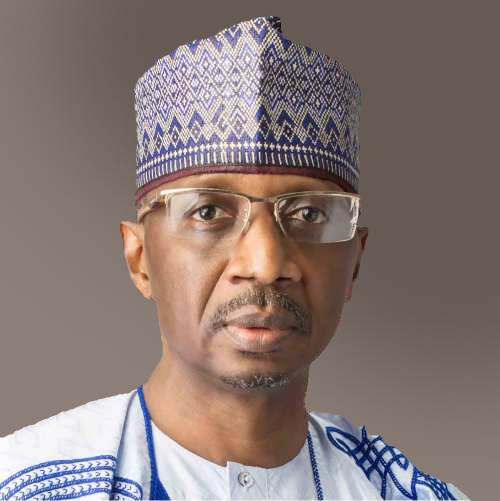
Artificial Intelligence in farming – Did you know that agriculture and farming are among the oldest and most important professions in the world? About 2 billion (26.7%) of the world’s population earn their livelihood through agriculture, and it is the second most significant source of employment after services. The agricultural sector plays an essential role in the economy; from job creation and employment, to contributing to national income, source of food supply, and providing raw material, the list is endless.
By 2050 it is expected that the world’s population would be over 9 billion. A 70% increase in agricultural production is required to meet this demand.
The continuous increase in the world’s population is expected to lead to insufficiency in the land, water, and other critical agricultural resources. To overcome this challenge, there is a need to approach agriculture using Artificial Intelligence as an innovative method in proactively tackling the challenges of these limited resources.
Artificial Intelligence demonstrates human intelligence through machines programmed to efficiently solve problems or tasks, from simple to complex ones. It is used across various industries and technologies such as virtual assistants, self-driving cars, and more.
The principles of problem-solving through Artificial Intelligence have also been applied to the agricultural sector, with many more AI technological solutions being developed daily.
4 Artificial Intelligence in Farming Solutions
Here are some significant ways Artificial Intelligence is solving problems in the agricultural sector and making farming more profitable:
- Weather forecasting.
- Precision Farming and Predictive Analytics.
- Soil and Plant Health Monitoring System.
- Solution for Farmers with Limited Access to the Internet.

Weather forecasting
Global warming and increasing pollution have made it difficult for farmers to plan for the right time to plant seeds adequately. With Artificial Intelligence, farmers can monitor the weather conditions by using weather forecasting, which helps prepare the crop type and when farmers should plant seeds.
Precision Farming and Predictive Analytics
Improvements in AI solutions in agriculture have made it possible to develop applications and tools that provide farmers with precise data and controlled farming. By giving proper guidance to farmers about water management, crop rotation, timely harvesting, type of seeds to be sown, optimum planting, pest attacks, nutrition management, and more.
Soil and Plant Health Monitoring System
The quality of the soil and crop plays a vital role in the quality of farm produce during harvest. Monitoring and ensuring plants are growing correctly, pest detection, crop infection, proper fertilization of crops, and more can be strenuous for farmers to do manually, especially if the farm sits on a large expense of land.
At Babban Gona, we use a similar Artificial Intelligence solution built by our developers. It helps our members monitor their crops and soil by scanning them with a basic android smartphone. It helps our members identify and detect defective soils and sick plants.
Solution for Farmers with Limited Access to the Internet
Majority of farmers who practice farming in rural areas across Africa have limited access to the internet, a recent study showed that less than 40% of household farmers in Africa have access to the internet. Another study attributed this challenge to the lack of ICT infrastructures through which rural farmers can access internet-based service.
Without the internet farmers would be unable to access the information they need for profitable farming and the use of artificial intelligence technological solutions for farming, which are mostly internet-based.
Acknowledging this challenge has helped us at Babban Gona focus on creating artificial intelligence solutions that are useful to our members, majority of whose farm fields are situated in rural areas with poor cellular/internet connections. We embed offline capabilities to our application functionalities to prevent situations where the applications may be dysfunctional due to a lack of internet connection.
Our AI models are optimized and deployed directly into our mobile applications so they can make predictions without requiring an internet connection. Collected data can later be synchronized to our servers when the users of the applications are in locations with good access to internet.





